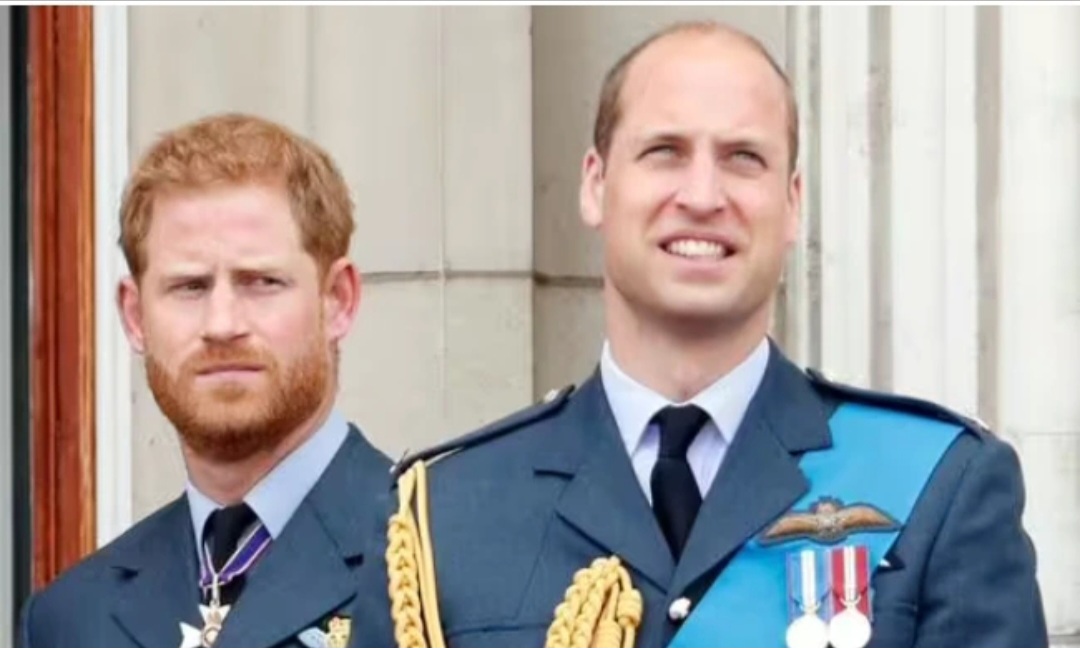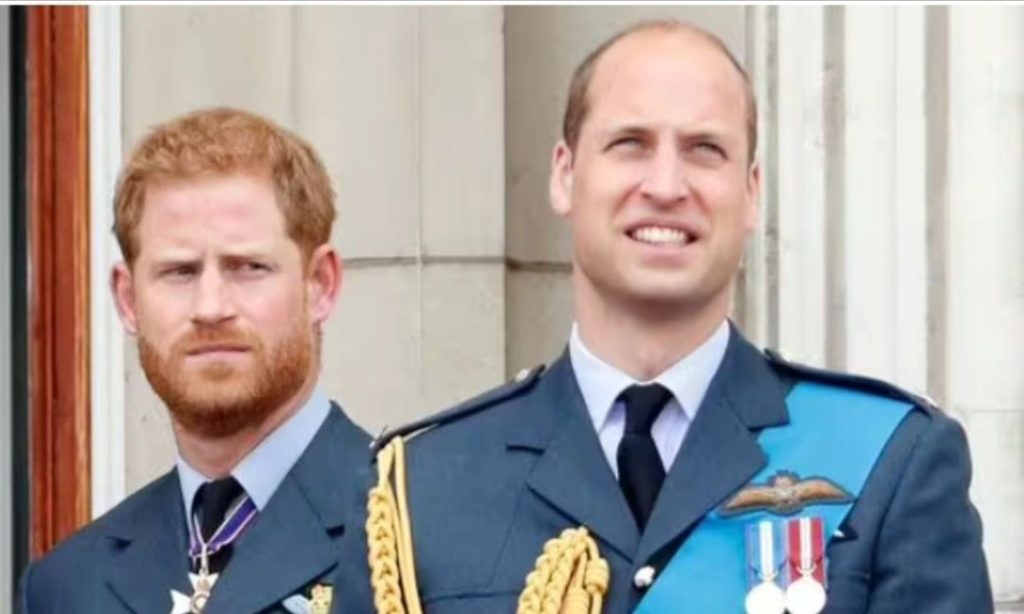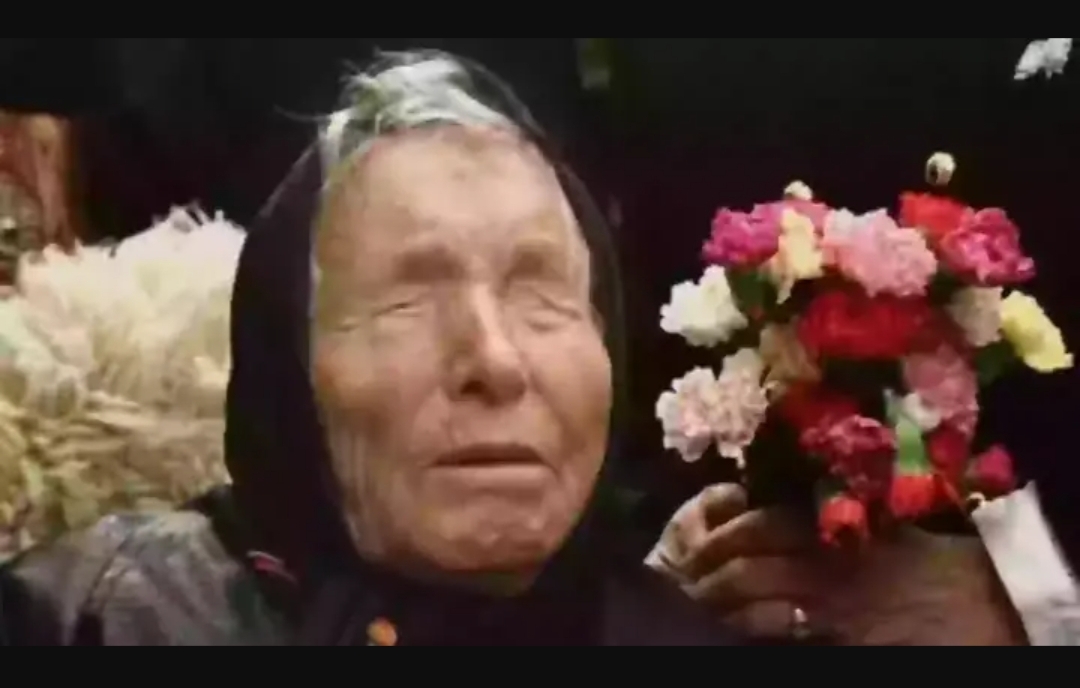
In recent disclosures, it has come to light that Prince Harry, amidst familial tensions, has received a substantially larger inheritance compared to his brother, Prince William. The revelation sheds light on the intricacies of royal finances and the dynamics within the British monarchy.

According to a report by Express, following the demise of their great-grandmother, Queen Elizabeth The Queen Mother, in 2002, Prince Harry found himself in possession of a more substantial share of the inheritance. Estimated to be approximately £70 million, the estate of the Queen Mother comprised various valuable assets and property, which were passed down to her daughter, Queen Elizabeth II.
A significant portion of the Queen Mother’s fortune, amounting to two-thirds, was directed towards a trust fund intended for her great-grandchildren back in 1994. It is reported that Prince Harry emerged as the primary beneficiary of this trust, receiving a larger portion compared to his elder brother, Prince William.
This disparity in inheritance allocation can be attributed to the divergent future financial prospects of the two princes. Prince William, being the first in line to the throne, stands poised to inherit substantial royal assets and resources upon his eventual ascension to the throne. In contrast, Prince Harry, as the younger sibling and fifth in line to the throne, occupies a comparatively lower position in the line of succession. This distinction likely influenced the distribution of the inheritance, reflecting the intricacies of royal succession planning.
The financial landscape for the princes was also shaped by the legacy left behind by their beloved mother, Princess Diana. Upon her tragic demise in 1997, Princess Diana bequeathed a considerable inheritance to her sons. Initially, an allocation of just under £13 million was earmarked for Prince William and Prince Harry, a figure that was later reduced to £8.5 million after factoring in death duties.
However, through prudent investments overseen by royal advisors, this sum witnessed significant growth over the years, swelling to over £20 million. Both Prince Harry and Prince William gained access to these funds upon reaching their twenties, providing them with a financial foundation for their future endeavors.
In the wake of their withdrawal from official royal duties, Prince Harry and Meghan Markle embarked on a journey towards financial independence. Their relocation to the United States, particularly to California, saw them invest in a lavish £12.8 million mansion, partially financed by an £8.3 million mortgage.
Currently, Prince Harry’s estimated personal net worth stands at around £48 million, while Meghan’s wealth is believed to be comparable. This reflects their collaborative financial ventures and joint projects, underscoring their pursuit of autonomy outside the confines of traditional royal obligations.
The divergent financial trajectories of Prince Harry and Prince William not only underscore the complexities of royal finances but also shed light on the evolving dynamics within the British monarchy. As the younger sibling charts his own course, navigating the intersection of tradition and modernity, the allocation of inheritance serves as a poignant reflection of the nuanced relationships within the royal family.
The disparity in inheritance between Prince Harry and Prince William offers a glimpse into the intricate world of royal finances and the evolving dynamics within the British monarchy. As both princes carve out their respective paths, the allocation of inheritance underscores the complexities inherent in navigating tradition and modernity within the royal family’s framework.




